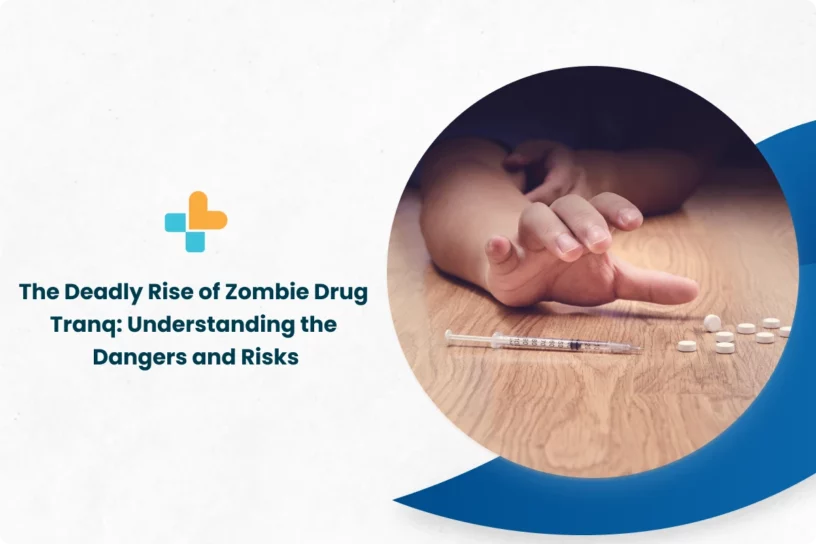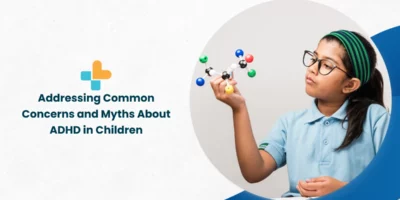What Is Tranq (Xylazine)?
Tranq, also known as xylazine, is a drug that was originally developed as a veterinary sedative for large animals such as horses. However, in recent years, it has become a dangerous street drug that is often used to cut other illicit drugs like cocaine or heroin. The drug is highly potent and can cause severe health consequences for users.
Tranq is known as a dissociative anaesthetic, which means that it can induce a state of detachment from reality. When ingested by humans, it can cause vivid hallucinations, delusions, and a feeling of detachment from the world around them. Users may also experience physical symptoms like sluggish movements, a blank stare, and slurred speech, leading to the “zombie” nickname.
Is Tranq Legal?
Tranq, also known as xylazine, is a controlled substance in the United States and is illegal to possess or distribute without a valid prescription. It is classified as a Schedule IV drug under the Controlled Substances Act, meaning that it has a recognized medical use and a high potential for abuse and addiction.
While Tranq is not commonly prescribed for human use in the US, it is sometimes used illicitly as a recreational drug or as a cutting agent for other drugs. However, its use in this manner is illegal and can result in severe health consequences, including overdose and death.
Additionally, law enforcement agencies and public health officials have become increasingly concerned about the rise in the use of Tranq as a recreational drug. Its potent effects and potential for addiction and overdose have led to calls for increased education, prevention, and intervention efforts to reduce its harm to individuals and communities.
How Is Tranq Used?
Tranq, also known as xylazine, is a drug that is typically used as a veterinary sedative for large animals such as horses. However, it is sometimes used illicitly as a recreational drug or as a cutting agent for other drugs. When used recreationally, it is often ingested orally or snorted as a powder.
Tranq is highly potent, and even small doses can cause severe physical and psychological effects, including respiratory depression, seizures, and cardiac arrest. Users may also experience a complete loss of consciousness, leading to coma or death.
As a cutting agent, Tranq is often added to other drugs like cocaine or heroin to increase their potency or volume. This practice is dangerous because users may inadvertently ingest dangerous levels of Tranq, putting them at risk of overdose and other severe health consequences.
Due to the significant risks associated with Tranq use, it is illegal to possess or distribute without a valid prescription. Law enforcement and public health officials are working to raise awareness about the dangers of Tranq use and to crack down on its distribution.
What Effect Does Tranq Have on Humans?
Tranq, also known as xylazine, is a potent drug that can have severe and potentially life-threatening effects on humans. When ingested by humans, the drug can produce a range of physical and psychological symptoms, including,
Hallucinations and delusions: Tranq can induce vivid hallucinations and delusions, causing users to experience a distorted sense of reality.
Sedation and lethargy: The drug can cause extreme sedation and lethargy, making it difficult for users to move or function normally.
Respiratory depression: Tranq can depress the respiratory system, causing users to breathe at dangerously slow rates or stop breathing altogether.
Cardiac arrest: In some cases, Tranq can cause the heart to stop beating, leading to cardiac arrest and potentially fatal consequences.
Seizures: The drug can induce seizures, which can cause further physical harm and potentially be life-threatening.
Coma: Tranq can cause a complete loss of consciousness, leading to a coma that can last for hours or even days.
The effects of Tranq on humans can be unpredictable and vary depending on the individual’s body chemistry, the dose consumed, and other factors. Even small amounts of the drug can lead to severe physical and psychological effects, making its use incredibly dangerous.
How Long Do Tranqs Effects Last on Humans?
The effects of Tranq, also known as xylazine, can vary in duration depending on the dose consumed and the individual’s body chemistry. Typically, the onset of the drug’s effects is rapid, with users experiencing a feeling of dissociation from reality and extreme sedation.
The peak effects of Tranq typically occur within 10 to 15 minutes of ingestion, and the drug’s effects can last for several hours. However, in some cases, the drug’s effects may persist for up to 24 hours or more, particularly if the dose consumed was high.
Does Tranq Show Up on Drug Tests?
Yes, Tranq (xylazine) can show up on drug tests. However, the drug is not typically included in standard drug screenings and requires specialised testing methods. In addition, Tranq has a relatively short half-life in the body, which means that it may not be detectable in urine or blood tests for very long after use. However, in cases of prolonged use or high doses, Tranq may be detectable for longer periods of time. It’s important to note that the use of Tranq outside of veterinary settings is illegal and can lead to serious health consequences, as well as legal penalties.
How Do You Treat Tranq Overdoses?
Tranq, also known as xylazine, can cause severe and potentially life-threatening effects in humans when consumed in large amounts. If someone is experiencing a Tranq overdose, prompt medical attention is necessary.
The primary treatment for Tranq overdose is supportive care, which includes managing the individual’s symptoms and stabilising their vital signs. This may include administering oxygen, intravenous fluids, and medications to manage respiratory depression, seizures, or other complications.
In severe cases of Tranq overdose, mechanical ventilation may be necessary to help the individual breathe. Additionally, healthcare providers may administer activated charcoal or other medications to help remove the drug from the individual’s system.
It’s essential to seek medical attention immediately if you suspect someone is experiencing a Tranq overdose. Delayed treatment can lead to severe and potentially fatal consequences.
Conclusion
In conclusion, the rise of the zombie drug Tranq is a serious issue that requires urgent attention and action. The dangers and risks associated with the use of Tranq are numerous and can result in severe health problems, addiction, and even death.
It is crucial to understand the risks associated with the use of Tranq and educate individuals on the dangers of these drugs. This education should include information on how to recognize the signs of Tranq use, the short and long-term effects, and the potential for addiction.
Fortunately, there are resources available to help those struggling with addiction to Tranq.Ayu Health is an excellent resource for those seeking assistance in overcoming addiction. They offer a variety of services, including counselling, detoxification programs, and rehabilitation services, to help individuals break free from addiction and live healthier, drug-free lives.
It is important to take action and seek help if you or someone you know is struggling with addiction to Tranq. The dangers associated with these drugs are too great to ignore, and the consequences of not seeking help can be severe. By utilising resources like Ayu Health, individuals can receive the assistance they need to overcome addiction and live a healthier, happier life.
Our Hospital Locations
Pediatrics Surgery Hospitals in Chandigarh | Pediatrics Surgery Hospitals in Bangalore | Pediatrics Surgery Hospitals in Jaipur | Pediatrics Surgery Hospitals in NCR | Pediatrics Surgery Hospitals in Hyderabad
Our Doctors
Pediatrics Surgery Doctors in Chandigarh | Pediatrics Surgery Doctors in Bangalore | Pediatrics Surgery Doctors in Jaipur | Pediatrics Surgery Doctors in NCR | Pediatrics Surgery Doctors in Hyderabad
About the Author

Dr. S. Goel
Dr. S. Goel is a renowned Internal Medicine Specialist currently practicing at Ayu Health, Bangalore. He is a Specialist in Internal Medicine, Diabetes HTN, Paediatric Care, and Family Medicine.




